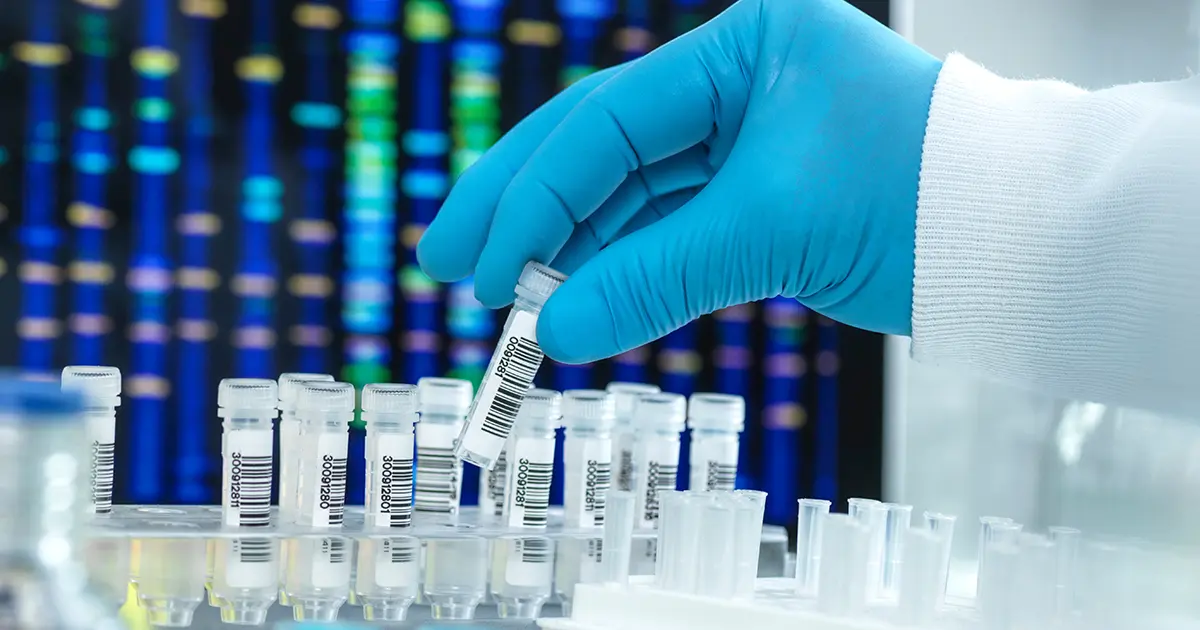LIMS for Biobanking: Streamlining Specimen Management and Accelerating Research
Biobanks are the cornerstone of modern medical research, housing vast collections of biological samples that hold the keys to unlocking new treatments and cures. However, managing these valuable resources efficiently and ensuring data integrity is a complex challenge. That’s where Laboratory Information Management Systems (LIMS) come in. In this comprehensive guide, we’ll explore how LIMS is revolutionizing biobanking, streamlining operations, and empowering researchers to accelerate discoveries.
What is a Biobank?
A biobank is a repository that stores biological samples (such as blood, tissue, DNA, etc.) and associated data for research purposes. These samples are meticulously collected, processed, stored, and distributed to researchers studying various diseases, treatments, and genetic factors. Biobanks play a crucial role in advancing personalized medicine, understanding disease mechanisms, and developing new diagnostic tools.
The Role of LIMS in Biobanking
A LIMS is a software solution designed to manage laboratory operations, data, and workflows. In the context of biobanking, LIMS acts as the central nervous system, coordinating the entire lifecycle of a biological sample, from collection and processing to storage, retrieval, and distribution.
Key Benefits of LIMS for Biobanking
-
Streamlined Sample Management: LIMS provides a centralized platform to track and manage every sample, ensuring accurate inventory control, sample traceability, and chain of custody compliance. This prevents errors, minimizes sample loss, and ensures the integrity of research data.
-
Efficient Data Management: Biobanks generate vast amounts of data, including donor information, sample characteristics, processing details, and research findings. LIMS enables structured data entry, storage, and retrieval, facilitating efficient data analysis and integration with other research tools.
-
Automated Workflows: LIMS automates repetitive manual tasks, such as sample labeling, accessioning, and data entry, reducing human error and freeing up staff to focus on higher-value activities. It also standardizes processes, ensuring consistency and compliance with regulatory requirements.
-
Enhanced Data Security: LIMS implements robust security measures to protect sensitive patient and sample data. It controls access, encrypts data, and maintains audit trails to ensure data privacy and regulatory compliance.
-
Improved Collaboration: LIMS facilitates collaboration among researchers by providing a shared platform for data access, analysis, and reporting. This accelerates research, fosters collaboration, and drives innovation.
-
Cost Savings: By automating processes, reducing errors, and optimizing resource utilization, LIMS can significantly reduce operational costs and improve the efficiency of biobanks.
Key LIMS Features for Biobanking
- Sample Tracking: Complete lifecycle tracking of samples from collection to disposal, including genealogy tracking for derivatives and aliquots.
- Inventory Management: Real-time inventory tracking with alerts for low stock levels and expiring samples.
- Data Management: Structured data entry, storage, and retrieval of sample information, donor demographics, and research data.
- Workflow Automation: Automated workflows for sample accessioning, processing, storage, and distribution.
- Reporting: Customizable reports for inventory summaries, sample usage, and research findings.
- Integration: Seamless integration with laboratory instruments, electronic health records (EHRs), and other research tools.
Choosing the Right LIMS for Your Biobank
Selecting the right LIMS is crucial for the success of your biobank. Consider the following factors:
- Scalability: Ensure the LIMS can grow with your biobank and accommodate increasing sample volumes and data complexity.
- Customization: Choose a LIMS that can be tailored to your specific workflows and data requirements.
- Ease of Use: Select a user-friendly LIMS with intuitive interfaces and minimal training requirements.
- Regulatory Compliance: Ensure the LIMS supports regulatory compliance with standards like HIPAA, GDPR, and 21 CFR Part 11.
- Vendor Support: Choose a LIMS provider with a strong reputation for customer support and ongoing system updates.
Conclusion
LIMS is transforming the way biobanks operate, enabling them to manage their valuable resources more efficiently, ensure data integrity, and accelerate research discoveries. By implementing a LIMS tailored to the unique needs of biobanking, you can streamline operations, improve data management, and contribute to advancements in personalized medicine and healthcare.


